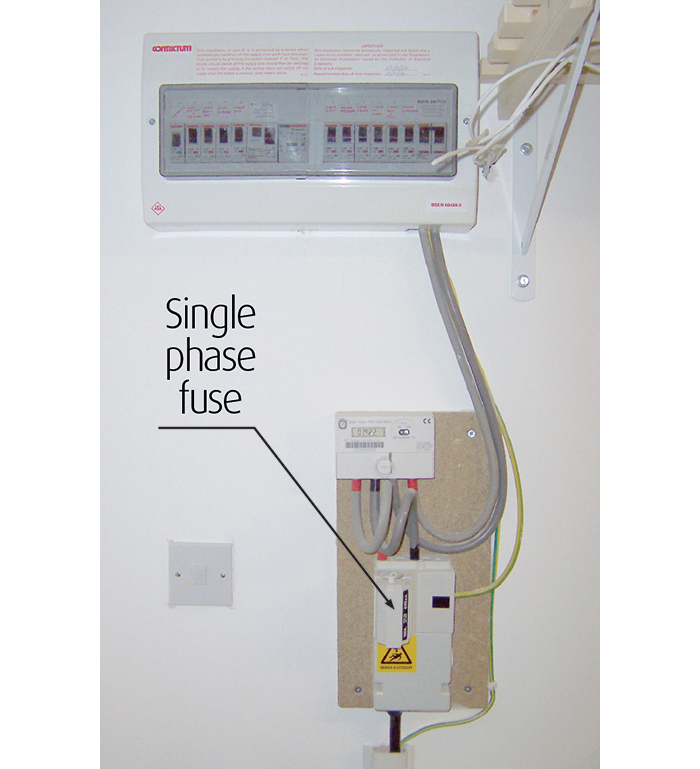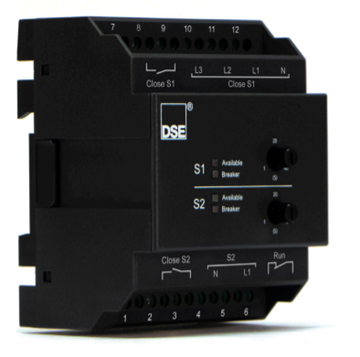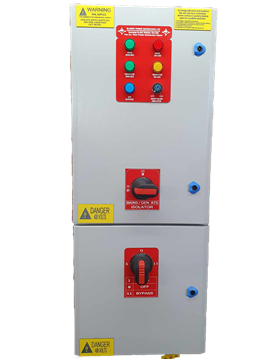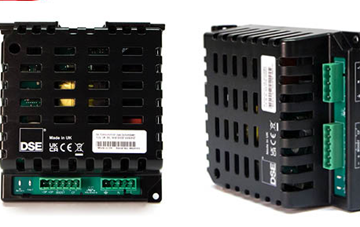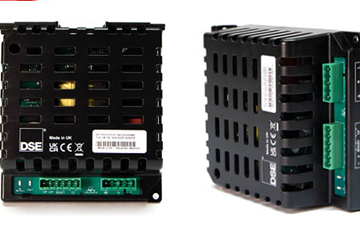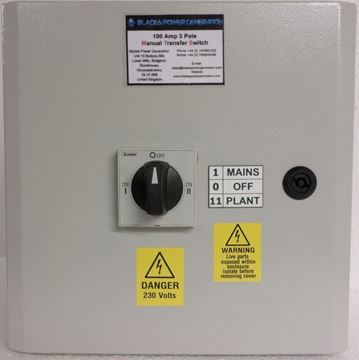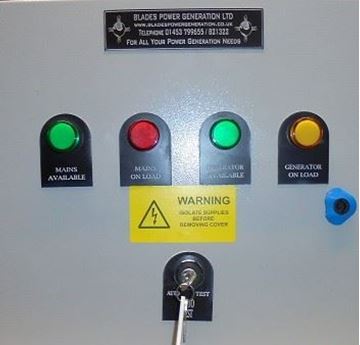When the power fails to keep critical systems going, the Automatic Transfer Switch jumps into action.
Think about all the vital equipment and systems that need continuous power:
Hospitals
- Life support machines
- Emergency room/operating room lighting
- Refrigeration for medicines/blood
- Communications systems
Airports
- Control tower operations
- Runway/taxiway lighting
- Check-in/security screening
- Flight information displays
Data Centers
- Computer servers
- HVAC/cooling systems
And the list goes on - water treatment plants, traffic signals, telecommunications hubs, 911 call centres...the backbone of society depends on power being there 24/7.
An ATS ensures this critical infrastructure has backup power within seconds of an outage to prevent disruption or downtime. That's why it's mandatory for places like hospitals and airports to have ATS installs and generators.
How Does an Automatic Transfer Switch Work?
The ATS has built-in delays to ride through minor blips, storms etc. But once it verifies the utility is completely down for the count, it makes the switch to backup so you don't even notice a hiccup.
When utility power is restored and stable, the ATS transfers the load back and allows a cool-down period before shutting down the generator. Hospitals and other critical facilities test this sequence regularly.
There are different ATS sizes and configurations based on the facility's power needs. But the core function - automatically switchover to a backup supply when the main one fails - is what keeps critical systems alive.
Why Not Use a Manual Transfer Switch?
Some businesses use a manual transfer switch operated by a person to swap between power sources during an outage. But there are a few downsides:
- Requires someone to be onsite to make the switch, which can delay response time
- Allows potential for human error in the transfer process
- Power is interrupted for a period until the switch is made
An automatic transfer switch takes people out of the equation for a reliable, instantaneous switchover when disaster strikes. Makes sense for something as vital as a hospital's emergency power supply, right?
When specifying an ATS, work closely with your electrical engineer or contractor to get the right unit based on your facility's power needs and redundancy requirements. Installing too small an ATS is just as bad (or worse) than not having one!
Does your critical infrastructure have a properly specified and maintained automatic transfer switch? If not, it's time to make this life-saving upgrade to keep your vital operations firing on all cylinders 24/7. No more excuses - get on it today!













